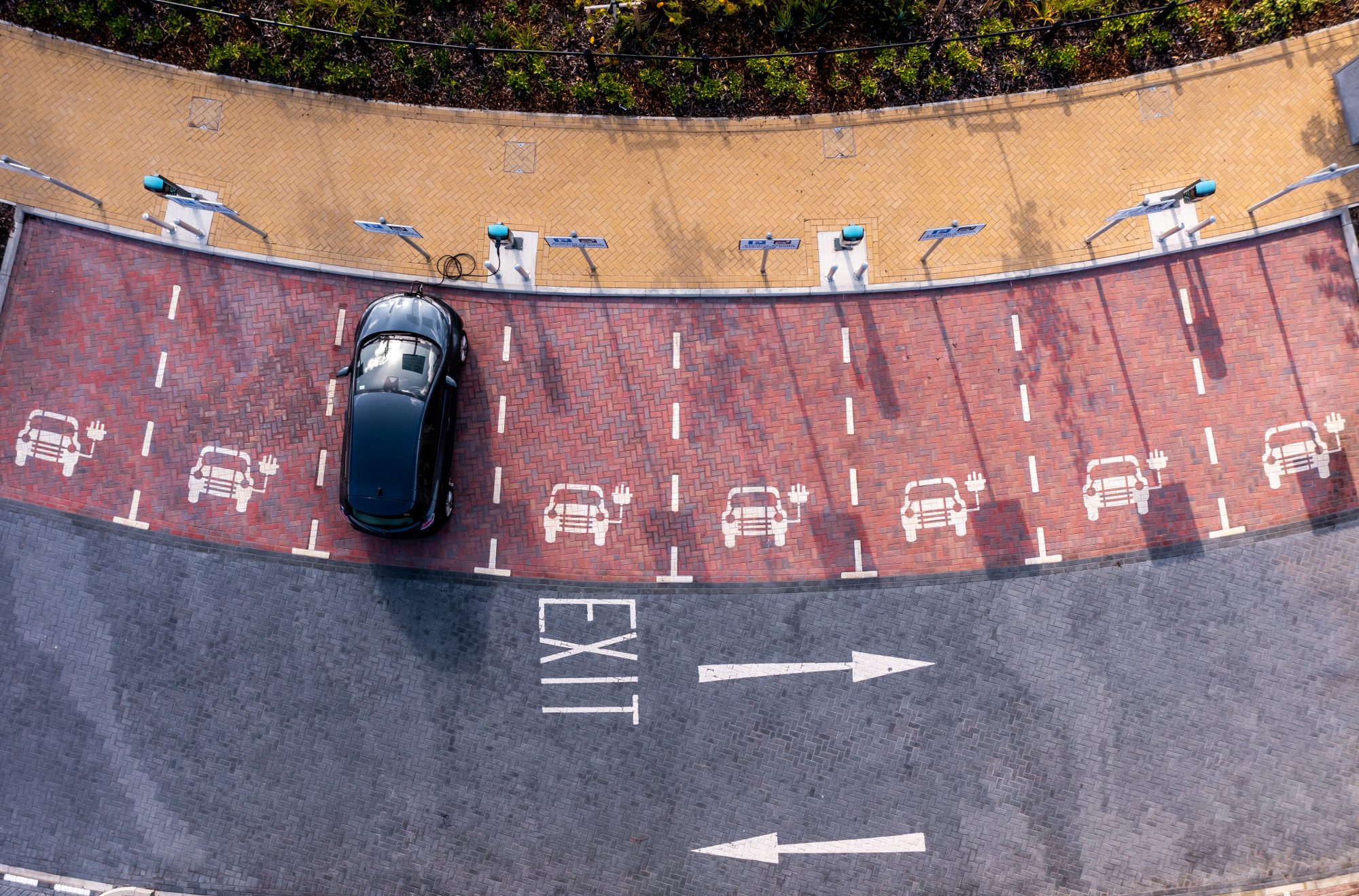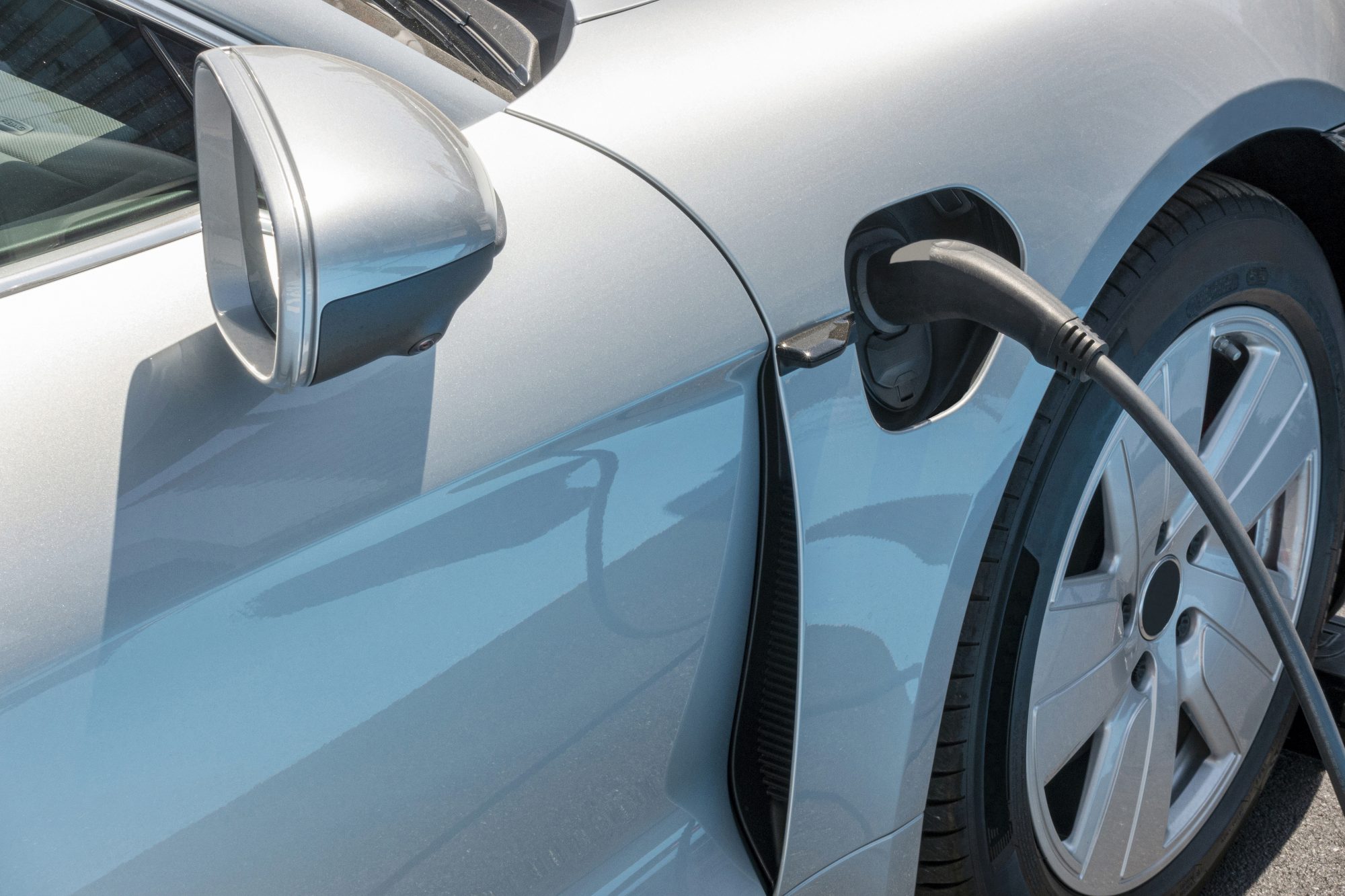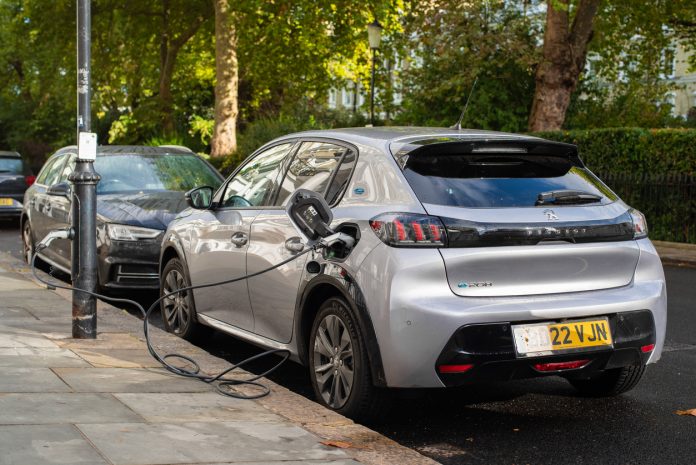Asif Ghafoor, the CEO of Be.EV, sheds light on the challenges facing local authorities during the EV transition and the possible solutions to transport in the future
There hasn’t been an infrastructural change of this size in over 150 years, and I excitingly find myself at the forefront of it. In the UK we have the amazing opportunity to be among the first to establish a dependable charging network that will be effective for years to come, and leave a lasting, positive legacy.
The UK Government has set an ambitious target of 300,000 EV chargers by 2030 – and it is local authorities that bear much of the immense responsibility for implementing this. It is their decisions and actions that will shape the rollout of charging infrastructure.
The rollout of charging infrastructure
It’s important to acknowledge that achieving this target goes beyond mere numbers. Everyone must go the extra mile. It’s not enough for each council to simply take their percentage of the national target – anyone can put 300 chargers of the wrong speed in the wrong location.
I know of one council which has made a fanfare of announcing a tranche of lamppost chargers to go wherever the public wants. It will get you a headline but it’s not a strategy. In two years that decision will bite them when those chargers are installed in the wrong locations, are too slow for people’s needs, and residents are falling over trailing cables.

The speed of the EV transition does present challenges for local authorities
For a start, identifying leaders within councils who have the necessary knowledge and drive for the EV industry is a task that demands time and effort.
Often councils address this challenge by pooling the expertise of professionals in sustainability, transport, and finance. While this approach can yield positive outcomes, it can also lead to rushed decisions and short-term thinking due to limited knowledge, guidance, or financial constraints.
To get over these obstacles, councils must prioritise long-term planning and engage trusted partners like Be.EV to help formulate a strategy, who can provide valuable advice and support.
The role of private companies in the EV transition
Private companies, such as Be.EV, are eager to contribute to the success of EV charger deployment. We bring our expertise, resources, and data-sharing capabilities to the table, assisting councils in formulating effective strategies. At Be.EV we cover the costs of chargers, installation, and maintenance, while also offering councils a share of the revenue generated. In return, we simply request access to suitable land for charger placement.
Unfortunately, we have met some councils that have imposed unrealistic terms and conditions, such as the right to terminate contracts for simple charger unavailability or imposing unlimited liability on bidders.
These demands impede progress and discourage private companies from participating in the process. To foster fruitful partnerships, councils must embrace collaboration, be realistic in their expectations, and recognise the value that private expertise and capital bring.

At Be.EV we are on a journey and looking for long term partnership, and our leases of car park bays are typically 15-20 years – long enough to turn a profit. That’s not the behaviour of short-term, quick buck business – we aren’t in it to cut and run.
We spend time working with the council to ensure we take spaces which they can give up for a long term and give them rights in our leases to move us around the site if need be.
Collaboration for a sustainable future
Success in the EV transition hinges on collaboration between the public and private sectors. By working together, we can establish an EV charging infrastructure that seamlessly integrates into people’s lives. For example, we’re placing chargers in local hubs and existing car parks so people can conveniently charge their vehicles while going about their daily activities.
We must also educate the public about what they should expect from charger availability and capabilities – it is crucial to ensure efficient power usage, minimise clutter, and maintain accessibility.
A lot of residents expect chargers outside their door, which is simply not viable from a power perspective. We didn’t start installing petrol pumps outside people’s houses when mass motor car ownership happened. Just like how EV drivers concern themselves with how long their range is, those providing the charging should be thinking about how long-term their solutions are.
Some councils are making brilliant progress in the rollout
The rollout by the likes of Transport for Greater Manchester should be seen as the gold standard. This local body’s success can be largely attributed to their well-appointed steering group, who developed their phased installation plan with the support of external expertise.
Other good examples are Trafford Council who built neighbourhood hubs which will soon mean every resident is within 10 minutes of a public charger.
The EV transition is a mammoth effort, and neither side will get there alone. If we are truly serious about tackling the climate emergency and giving communities clean air then private and public sectors need to be in lockstep, in partnership and mutually beneficial – it’s the only way to accelerate change.
This piece was written and provided by Asif Ghafoor, CEO and co-founder of Be.EV.
Editor's Recommended Articles
-
Must Read >> Working towards a future of zero-emission fleets














